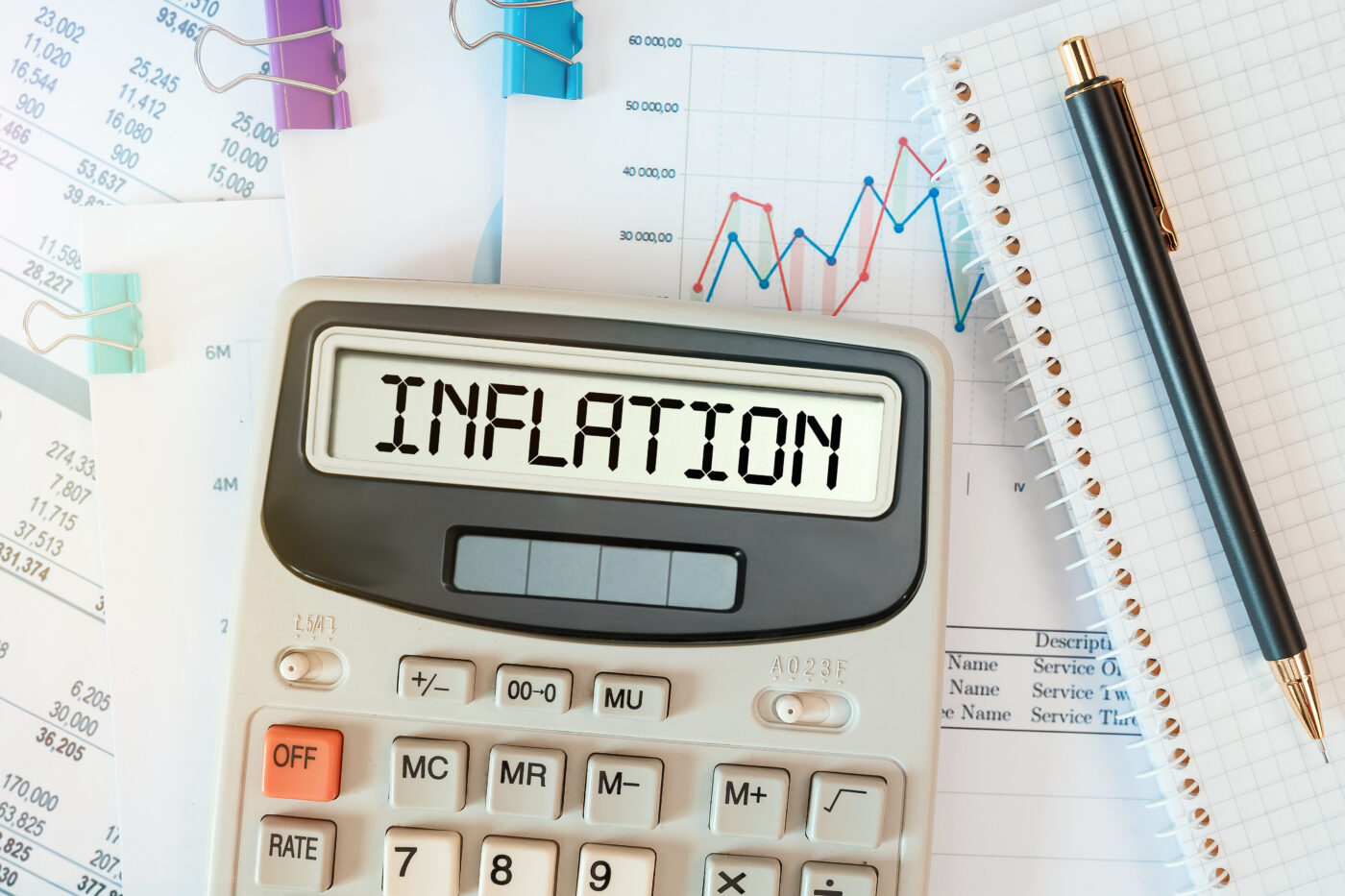Everyone seems to have an opinion about where inflation is headed this year, especially in the wake of President Biden’s third dose of COVID-19 economic relief. The latest $1.9 trillion American Rescue Plan brings the stimulus total to a whopping $5.2 trillion, or about 25% of the Gross Domestic Product.
Could these moves, which have increased the money supply by 27%, tip the scales of our seemingly recovering economy in favor of inflation?
While individuals, families, and businesses have welcomed the many different forms of relief, there is now legitimate concern about its potential impact on the US dollar. In fact, Google searches reveal just how much concern. According to recent search data compiled by Deutsche Bank analyst Jim Reid, “inflation” hasn’t been Googled at such a high rate since 2008. It seems the average investor is growing increasingly anxious about how a higher inflationary period could affect purchasing power and long-term investment returns.
Is Inflation All “Bad”?
In short, no. Even though the headlines are abuzz with “doom and gloom” and some analysts are projecting inflation could increase to as much as four or five percent by the end of the year, some inflation could actually be beneficial. Historically, in fact, a rise in inflation is typically good news for stocks and commodities as the values of each tend to rise in unison in response to economic growth.
The exception to this rule is when inflation occurs in the absence of economic growth—an economic condition referred to as stagflation. Stagflation occurs when the price of goods and services remains high despite other slow or “stagnant” economic growth such as a high rate of unemployment.
So, where is the happy medium between the two? It’s hard to say and even harder to predict. The two main indicators of impending inflation—the Consumer Price Index (CPI) and the PCE—both still remain below the Fed’s 2% target. And as long as actual GDP growth remains below its potential, inflation rates should theoretically remain tame.
Fed Chair Jerome Powell has reported that inflation is likely to pick up as the economy recovers from the pandemic but believes it will only be temporary. However, we find it’s always best to plan for the worst and hope for the best in these types of situations.
Preparing for the Short and Long-Term Effects of Inflation
Even if inflation does signal economic growth, the flipside of course is that it also decreases purchasing power. When there is too much capital chasing too few goods, the price paid for those goods increases. Essentially, consumers end up paying more for the same goods and services than they would have in a lower inflation environment.
This diminished purchasing power is especially alarming for individuals about to retire and live off their accumulated assets. How much might they have to adjust their retirement budget to account for this economic change? And from the other end of the spectrum, a dent in the cost of living could make saving and investing at a healthy rate more difficult for young investors in their accumulation phase.
The other main fear is how inflation will erode long-term investment returns. Of course, this will largely depend on how your assets are allocated. If your portfolio is heavily weighted in fixed income securities, your main concern should be outpacing the rising rate of inflation. If your fixed-income only yields a 3% rate of return and inflation surpasses that number, you’ll be earning a negative return.
Equities, however, can act as a hedge against inflation. A common rule of thumb is that as you get older and near retirement, your portfolio should be allocated more conservatively. This may not be appropriate depending on your situation, especially considering inflation threats. How much to allocate towards stocks will depend on your risk tolerance, time horizon, and other income sources.
You’ll also want to be wary of keeping too much cash on hand in an inflationary environment as it will erode in value the higher inflation rates rise. Liquidating assets is not advisable if an inflationary period is on the horizon.
We Are Here to Help
Changing economic conditions can make even the calmest investor uneasy, and there has certainly been no shortage of them over the past year. If you are concerned about the outlook for inflation or your portfolio, we encourage you to reach out to us. We welcome your concerns and are happy to provide some guidance.
Sheena is a highly regarded financial professional known for her clear explanations and practical advice on complex financial matters. She earned her CERTIFIED FINANCIAL PLANNER™️ designation in 2010 and holds a Bachelor of Science degree in Finance from the University of Wisconsin LaCrosse.



